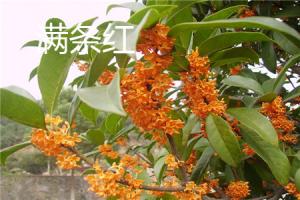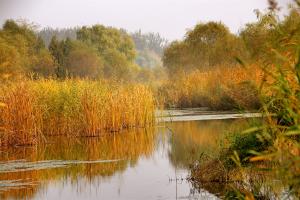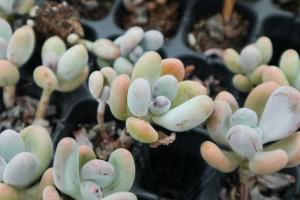Introduction
Yew trees are one of the most popular trees to plant in churchyards around the world. The reason for this can be traced back to ancient times where they were seen as sacred trees that possessed mystical powers. In this article, we will explore the history behind the planting of yew trees in churchyards.
The History of Yew Trees in Churchyards
The origins of yew trees in churchyards can be traced back to the ancient Celts who saw the tree as a symbol of immortality and rebirth. They believed that yew trees had the power to connect the living with the dead and were often seen as a gateway between the two worlds. When Christianity began to spread throughout Europe, the early Christian church saw the symbolism of the yew tree and its connection to the afterlife as a way to attract converts to their faith. As a result, they began planting yew trees in churchyards as a way to promote their beliefs.
Symbolism
Aside from its connection to the afterlife, yew trees have also been associated with other symbolic meanings. In Christianity, the tree is seen as a symbol of the Tree of Life that is mentioned in the Bible. The tree is also seen as a symbol of strength and longevity, which ties in with the idea of eternal life. Additionally, the tree is seen as a symbol of protection due to its poisonous nature. It is believed that planting a yew tree in a churchyard can protect the area from evil spirits and negative energy.
The Benefits of Planting Yew Trees in Churchyards
Aside from its symbolic meanings, there are also practical reasons why yew trees are planted in churchyards. Yew trees are known for their ability to live for hundreds of years and grow to be very large. This makes them ideal for providing shade during outdoor church services and events. Additionally, their evergreen nature means that they provide year-round beauty and color to the churchyard. They are also able to adapt to a wide range of soil types and climate conditions, making them easy to grow in most areas.
Caring for Yew Trees in Churchyards
Planting a yew tree in a churchyard is a long-term investment that requires proper care and maintenance. Yew trees prefer well-drained soil and plenty of sunlight. They should be pruned regularly to maintain their shape and promote healthy growth. Additionally, since the tree is poisonous, care should be taken to keep children and pets away from fallen leaves and branches. Finally, regular inspections should be carried out to make sure that the tree is not showing signs of disease or insect infestation.
Conclusion
In conclusion, yew trees have a long history of use in churchyards and continue to be a popular choice for planting today. Their symbolic meanings and practical benefits make them an ideal addition to any churchyard, providing year-round beauty, shade, and protection. Careful attention should be given to the long-term care and maintenance of the tree to ensure that it continues to thrive for generations to come.

 how many times do yo...
how many times do yo... how many planted tre...
how many planted tre... how many pine trees ...
how many pine trees ... how many pecan trees...
how many pecan trees... how many plants comp...
how many plants comp... how many plants can ...
how many plants can ... how many plants and ...
how many plants and ... how many pepper plan...
how many pepper plan...




























